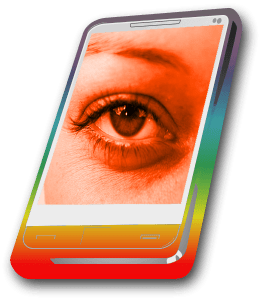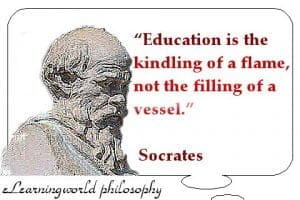 eLearningworld Weekly Review
eLearningworld Weekly Review
This is the second part of our analysis of the report Innovating Pedagogy 2015: the 10 technological trends set to transform education from Open University and SRI Education. We at eLearningworld simplified these trends into four approaches that will have great impact the coming years: the Science Approach, the Personalization Approach, the Analytics Approach and the Informal Approach. These four approaches work independently and combined to transform learning and teaching into the 21st Century’s educational requirements. In most cases learning technologies is the driving force that makes it all work. Below we briefly describe the Analytics Approach and the Informal Approach, in the first part we analysed of the Science Approach and the Personalization Approach.
Analytics Approach
The analytics approach is focusing on collecting background data in order to improve education generally and form personalized learning paths specifically. The trends included from the report are stealth assessment and analytics of emotions. The first means automatic data collection when the learner works in digital environments. Besides that it can be used to refine personal learning paths it is also measuring the learner’s knowledge, understanding and skills. This approach makes traditional tests at a fixed time unnecessary since it actually over time in detail measure the real level of knowledge, understanding and skills. In addition the method also tests hard-to-measure aspects of learning such as perseverance, creativity and strategic thinking. It really do have many similarities with the data a computer game can produce. Analytics of emotions is an even more advanced method and a deepening of the stealth assessment approach. This includes eye-tracking and facial recognition of how a student learns. It includes cognitive aspects of whether a learner has answered a question and how they explain their knowledge. And it also includes non-cognitive aspects of when and how a learner gets frustrated, confused and distracted in the learning process. What analytics of emotions really measures is the learners’ engagement in different learning activities. And from the results it is possible to boost motivation by selecting more personalized learning paths and better adapted exercises and other content.
Informal Approach
Learning beyond borders, over fields of subjects, in different environments, besides engaging studies and inspiring exploration, it is in these intersections that true creativity and innovation develops. The concept of crossing borders and uniting at first sight incompatible phenomenon is forming the growing-ground for entrepreneurship and general development. To learn with such a crossover approach is not only to preparing students for a working life it is a way to already get one foot within it. In this crossover environment often incidental learning is to be found. This is the accidental outcome of the student’s decision of entering a certain environment or read a book or finishing a task, things that get curiosity going and makes learning inevitable. This is also the basics for computational thinking that is more focusing on problem solving not only in front of the laptop but in all environments that needs new solutions. These informal approaches are stepping-stones away from the fact-based knowledge learning to a competence developing-based learning approach, which means exclusive focus on understanding and skills.
Transformation
The trends that were identified in Open University’s and SRI Education’s research all are leading away from the filling of a vessel approach that Socrates criticized to focus on understanding and skills. In other words using teaching-by-telling to fill up students with knowledge is transforming to a knowledge creation exercise. Technology is making this transformation possible with personalization of learning, true focus on the scientific method for all ages, great prospects of analyzing student’s performance without throwing them a test and learning in engaging environments and in intersections of environments where the traditional obstacles for effective learning is not available. Yes, it sounds like a promising future for education; let’s get on with it …
Written by
LarsGoran Bostrom©
Source:
Innovating Pedagogy 2015: the 10 technological trends set to transform education
Opens in a new tab




